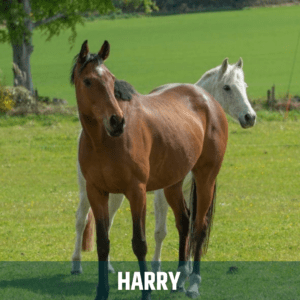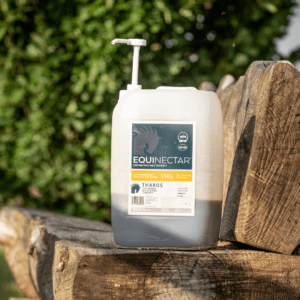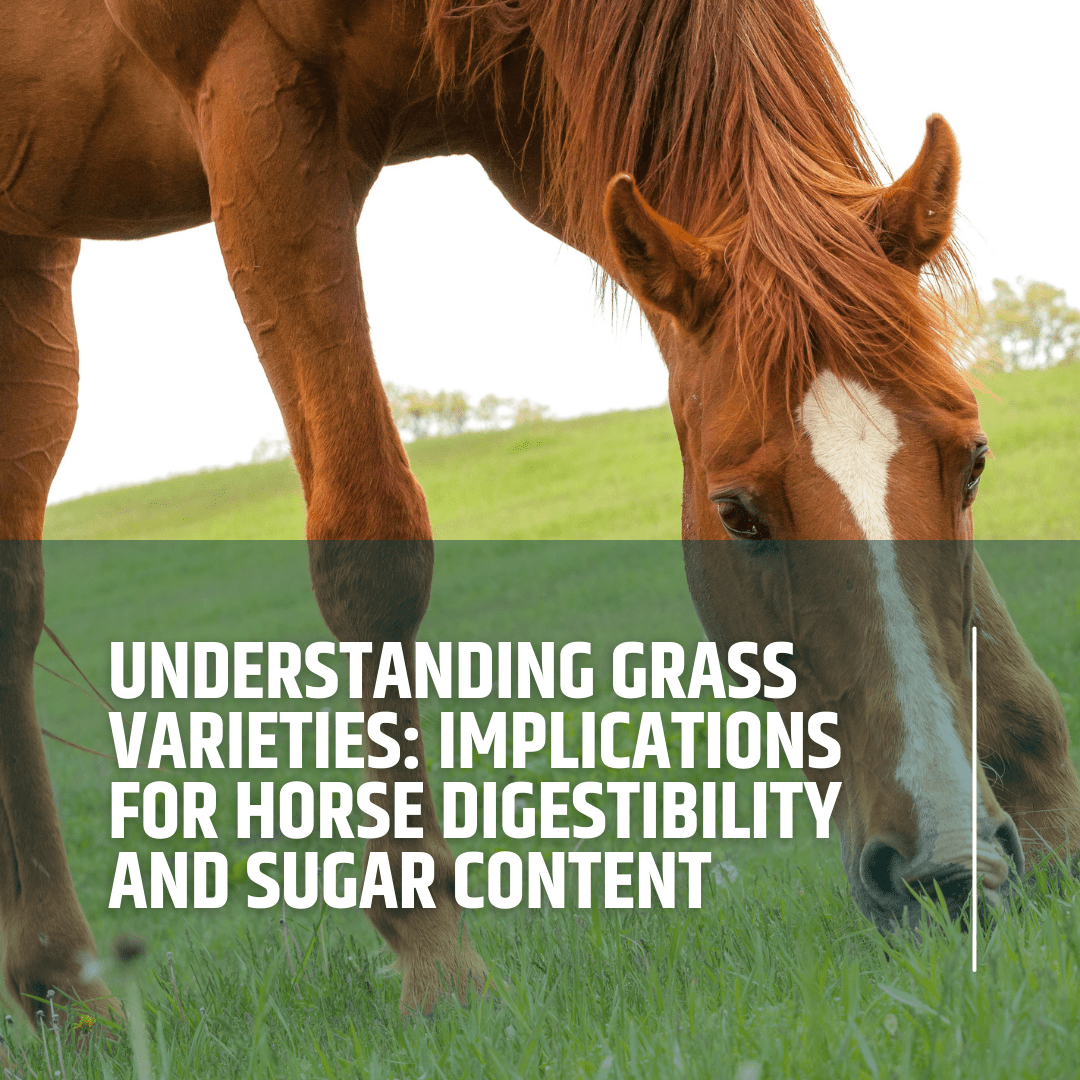

Ben Nedas
Chief Commercial Officer
Understanding grass varieties: implications for horse digestibility and sugar content
01
Introduction
When managing pastures for horses, the choice of grass species is crucial due to varying digestibility and sugar content, which can significantly impact equine health. This blog explores various European grass varieties, focusing particularly on the issues associated with rye grass, a common pasture choice which is far from ideal for horses.
02
Rye grass - disaster pasture?
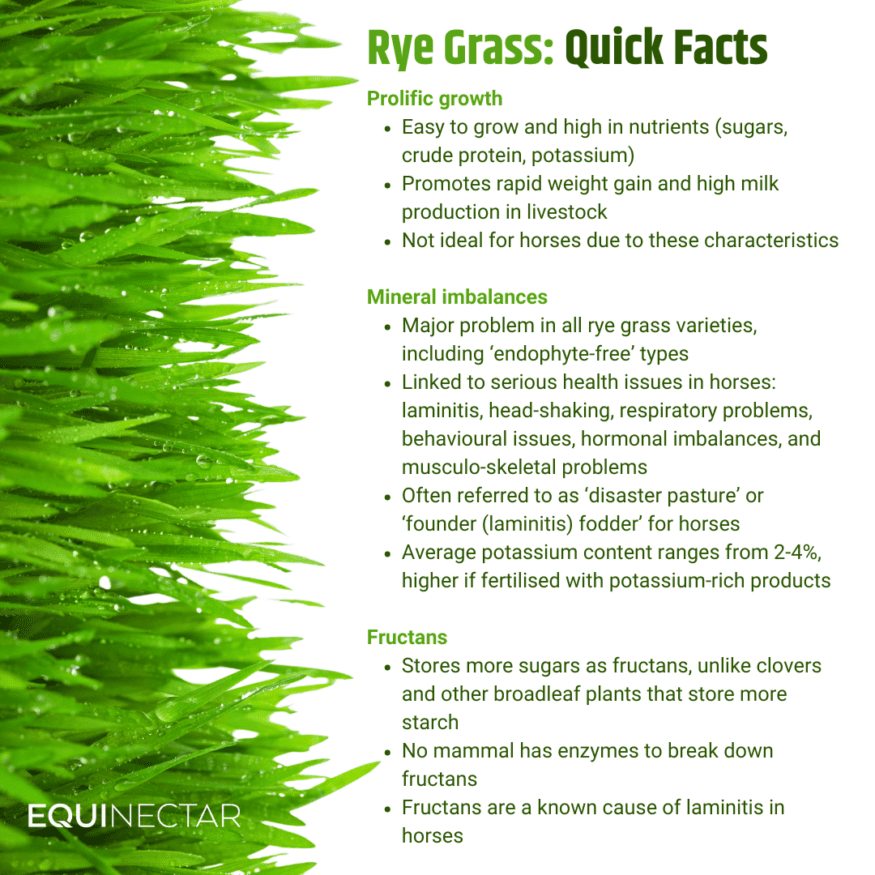
The troublesome nature of rye grass for horses
Rye grass is popular among farmers due to its resilience and ability to withstand heavy grazing. However, for horses, this grass can pose several problems. While rye grass is beneficial for cows, it may not suit the dietary needs of horses, especially those with certain metabolic disorders.
How to identify rye grass
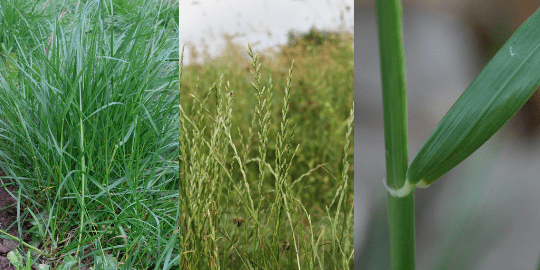
Appearance
- Green stems with narrow, blade-like leaves
- Grows in clumps with fibrous roots
Flowers and Seed Heads
- Spikelets holding flowers are attached alternately to the stem
- Seed heads have a single flower stalk with small white-to-brown flowers
Texture and Colour
- Moderate to fine-textured, soft to the touch
- Glossy, dark green leaves that are slender and sharply pointed at the tip
Grazing rye grass directly and the effects of high sugar and low digestibility
When horses graze directly on rye grass, the high sugar content can lead to a range of metabolic disturbances. These include laminitis, a painful and potentially debilitating condition, and exacerbated symptoms of pre-existing metabolic disorders. Additionally, low digestibility may contribute to undernutrition and digestive upset, manifesting as bloating, discomfort, and changes in stool consistency [2]. Horses grazing on rye grass may also experience a higher risk of behavioural issues due to the fluctuating energy levels caused by sugar spikes, and from discomfort as a result of excesses of lactic acid leading to acidosis in the hind gut environment .
Avoiding high-rye grass pastures
To avoid the negative impacts of rye grass, horse owners can implement several strategies:
- Pasture management: Regularly assess and manage the botanical composition of pastures to ensure a balanced mix of grasses.
- Alternative grass selection: Opt for grasses with lower non-structural carbohydrate levels and better digestibility profiles.
- Regular monitoring: Keep track of the grass’s growth stages and harvest hay at optimal times to maintain lower sugar levels [4].
Rye grass in fodder?
Research indicates that the digestibility of rye grass decreases significantly if harvested at a late stage of maturity for hay production. This mature grass contains higher levels of structural carbohydrates that are less easily digested by horses, potentially leading to issues such as inefficient nutrient absorption and even colic [1]. Moreover, the sugar content in rye grass is a particular concern. Horses, especially those prone to conditions like insulin resistance and Equine Metabolic Syndrome, may suffer from increased sugar levels in their diet [3].
The same issues that affect rye grass as fresh forage extend to its use in fodder. When rye grass is included in hay or haylage, especially if cut late, it retains high sugar levels and may be less digestible, posing similar risks as when grazed fresh [2]. This means that even careful pasture management may not be enough if rye grass-based fodder is used, as it can still contribute to metabolic and digestive issues.
Recommended grass species for horses
Instead of rye grass, the following species are recommended for horses, particularly those with special dietary needs:
- Timothy: Known for its favourable digestibility and nutrient profile [2].
- Native meadow grasses: These offer a variety of nutrient profiles and are generally more suitable for horses than rye grass [5].
Strategies for livery customers
For those who do not control their pasture, such as livery customers who pay to keep their horse on someone else's land, managing the negative impacts of rye grass can be challenging. In these cases, seeking grass-free turnout areas or using a grazing muzzle may be better than allowing free access to unsuitable grass. These measures can help limit the intake of high-sugar rye grass, reducing the risk of metabolic and digestive disorders.
03
Conclusion
While rye grass may be a robust and economical choice for pasture, its characteristics can pose significant health risks for horses, particularly those with specific dietary sensitivities. Opting for more suitable grass varieties can help mitigate these risks and support the health and performance of horses. Ensuring a balanced botanical composition in pastures and carefully selecting grass species that align with the dietary needs of horses can lead to better overall health and well-being. This approach not only promotes more effective nutrient absorption but also reduces the risk of metabolic and digestive disorders, ensuring horses thrive in their environments.
04
Is EquiNectar useful for my horse?
Considering the issues associated with rye grass, particularly for horses with digestive or metabolic concerns, supplementing with EquiNectar could be beneficial. EquiNectar, which provides digestive enzymes, helps in the breakdown of starches and fructans in the small intestine, potentially mitigating some of the risks associated with indigestible feeds reaching the hindgut. It may support better overall digestive health and nutrient absorption, making it a valuable addition to diets especially when pasture management options are limited.
References
[1] F. Stang, R. Bjerregaard, C. Müller, Å. Ergon, M. Halling, N. Thorringeret al., "The effect of harvest time of forage on carbohydrate digestion in horses quantified by in vitro and mobile bag techniques", Journal of Animal Science, vol. 101, 2022. https://doi.org/10.1093/jas/skac422
[2] S. Ragnarsson and J. Lindberg, "Nutritional value of timothy haylage in icelandic horses", Livestock Science, vol. 113, no. 2-3, p. 202-208, 2008. https://doi.org/10.1016/j.livsci.2007.03.010
[3] M. DeBoer, A. Grev, M. Wells, & K. Martinson, "Herbage mass, botanical composition, forage nutritive value, and preference of grass–legume pastures under horse grazing", Crop Forage & Turfgrass Management, vol. 6, no. 1, 2020. https://doi.org/10.1002/cft2.20032
[4] P. Dąbrowski, A. Baczewska-Dąbrowska, H. Kalaji, V. Goltsev, M. Paunov, M. Rapaczet al., "Exploration of chlorophyll a fluorescence and plant gas exchange parameters as indicators of drought tolerance in perennial ryegrass", Sensors, vol. 19, no. 12, p. 2736, 2019. https://doi.org/10.3390/s19122736
[5] A. Silva, J. Lucena, J. Santiago, D. Melo, D. Silva, H. Assiset al., "Nutrient digestibility in horses of tropical grasses found in semi-arid areas of the brazilian northeast region assessed using mobile bags", Revista Brasileira De Zootecnia, vol. 50, 2021. https://doi.org/10.37496/rbz5020200206
ABOUT EQUINECTAR
Description
EquiNectar® is a natural feed supplement, that is scientifically proven to:
- Re-balance your horse’s gut bacteria
- Help your horse maximise benefits from its feed
- Improve your horse’s condition
More information
EquiNectar® is produced by Tharos Ltd in the UK. It is a natural source of digestive enzymes and contains only the following ingredients:
- Our patented enzyme rich malt extract
- Medium chain triglycerides (from coconut oil)
- Potassium sorbate
For more details of the enzymes within EquiNectar® take a look at the ingredients and enzymes page.
How to feed
Simply add EquiNectar® to your horse's daily feed, using the Feeding Rate chart to determine the correct amount.
For detailed instructions about how to introduce EquiNectar, please read the comprehensive Feeding Guide page.


